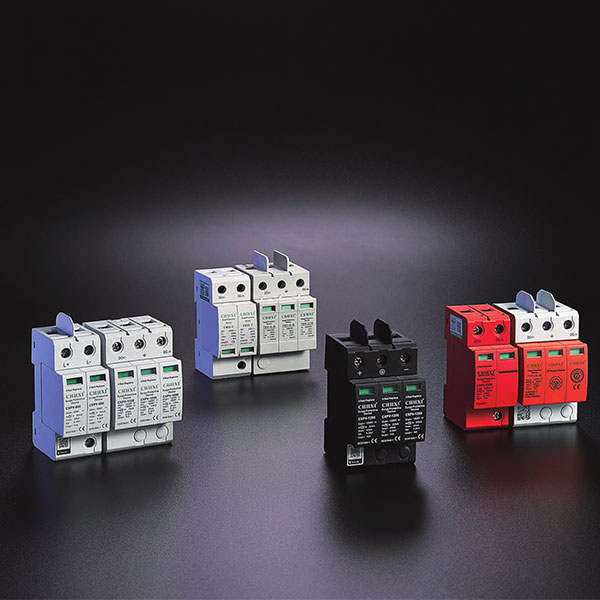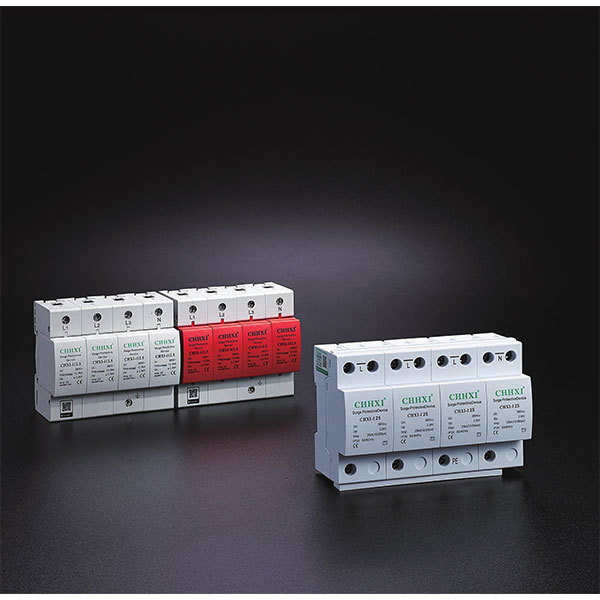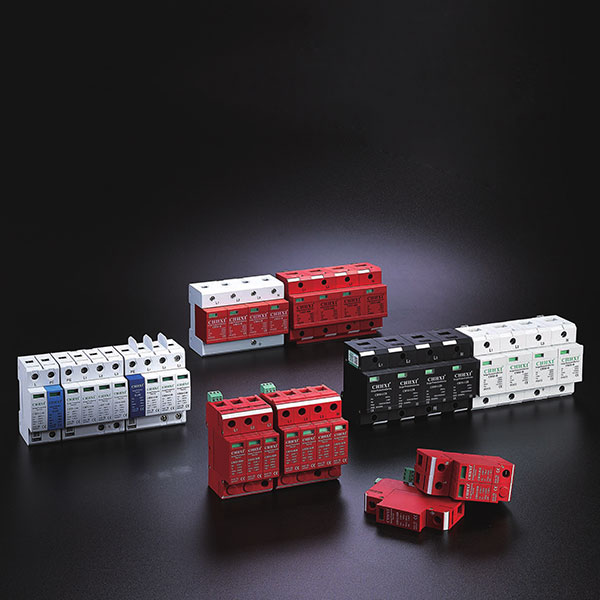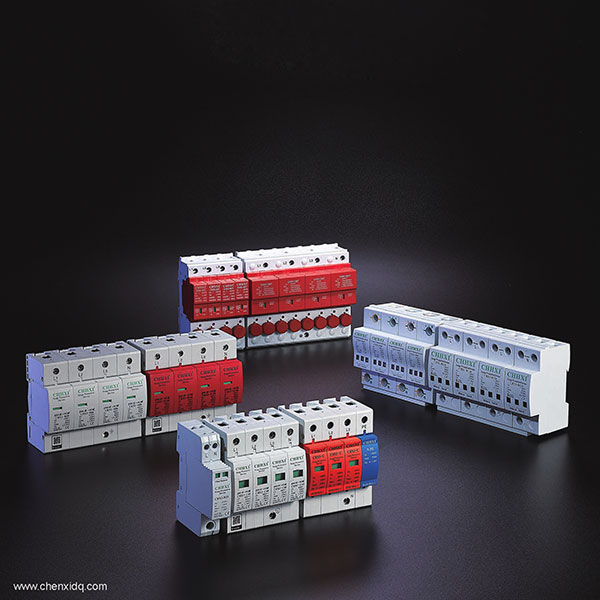Application and design requirements of terminals in low voltage electrical apparatus
Application and Design Requirements of Connection Terminal in Low Voltage Electrical Appliances]: This paper attempts to analyze the application and design requirements of Connection Terminal in Low Voltage Electrical Appliances from the principle of insulation coordination and insulation coordination requirements of low voltage equipment. [keywords]: terminal low voltage electrical apparatus [abstract]: insulation coordination of low voltage equipment has higher requirements on terminal from design structure to material selection. This paper attempts to
This paper attempts to analyze the application and design requirements of terminal in low voltage electrical appliances from the principle of insulation coordination and the requirements of insulation coordination for low voltage equipment.
[Key words] low voltage electrical appliances.
[Abstract]: The insulation coordination of low-voltage equipment has higher requirements on terminal from design structure to material selection. This paper tries to analyze the application and design requirements of terminal in low-voltage equipment from the insulation coordination principle and the insulation coordination requirements of low-voltage equipment.
Insulation coordination of low-voltage equipment has high requirements for terminal from design structure to material selection. This paper attempts to analyze the application and design requirements of terminal in low-voltage electrical appliances from the principle of insulation coordination and insulation coordination requirements of low-voltage equipment.
Principle of insulation coordination insulationco-ordination
Insulation coordination refers to the selection of electrical insulation characteristics according to the use requirements of products and the surrounding environment. Only based on the strength of various functions (such as voltage and other factors) endured during its lifetime, can the final goal of product insulation coordination be achieved.
1, considering the working environment of low-voltage equipment comprehensively, the following factors will affect insulation coordination.
Rated voltage related to equipment; rated insulation voltage; rated impulse voltage determined by overvoltage during operation of equipment. In addition, environmental conditions such as temperature, humidity, solar radiation, heating, ventilation, dust, water vapor, etc. Other factors such as pollution, material properties (CTI), voltage action time, frequency, altitude (atmospheric pressure), electric field conditions, uniform electric field, and non-uniform electric field.
2, insulation failure and influencing factors analysis
One is insulation breakdown (thermal breakdown), that is, under the action of strong electric field, dielectrics heat due to dielectric loss inside the dielectrics. If the heat can not be dissipated, the temperature will continue to rise, resulting in the escape of low molecular volatiles and the destruction of the molecular structure of the material, and finally the insulation breakdown.
Insulation breakdown factors:
The breakdown voltage of materials decreases with the increase of temperature and temperature.
When the humidity humidity increases, the breakdown voltage of the material decreases.
Voltage action time and voltage action time increase, and breakdown voltage of material decreases.
The frequency and frequency increase, and the breakdown voltage of the material decreases.
Material thickness - material thickness increases, heat dissipation is unfavorable, breakdown voltage drops.
The second is insulation aging, that is, the irreversible physical and chemical changes of insulating materials under the action of various factors in the process of equipment operation, which lead to the rapid changes of electrical and mechanical properties of materials and destroy them, which is insulation aging.
For example: thermal aging, low molecular volatiles or products of insulating materials escape under the action of heat, oxygen and water alone or in combination; free radicals formed participate in chain reaction to break molecular chains; automatic catalytic action to accelerate material destruction; hydrolysis degradation; or polymer chain polymerization, etc., leading to material performance degradation or complete. Destruction;
In addition, electrical aging, due to the partial discharge of ozone, nitrogen oxides, high-speed particles, as well as dielectric loss caused by partial discharge increases, resulting in material heating, resulting in material performance degradation or complete destruction.
Insulation aging factors:
The electric field intensity and electric field strength increase, and the insulation aging of accelerated materials.
The aging of materials will accelerate with the increase of temperature and temperature.
The aging of materials will accelerate with the increase of humidity and humidity.
As the frequency frequency increases, the aging of materials will accelerate.
Pollution and pollution will cause partial discharge and accelerate the insulation aging of materials.
In summary, the electrical strength of insulating materials used in connection terminals of low-voltage electrical equipment is far greater than that of air. Therefore, when the insulation design of connection terminals based on electrical gap fails to meet the requirements, the method of creeping distance should be adopted, i.e. adding solid insulation between the two conductors to isolate them. .
Due to the defects in solid insulating materials (such as impurities and air gap), although the voltage is far less than the breakdown level, it will still damage its life due to partial discharge. Damage of solid insulating materials has a cumulative process during its life, and its irreversibility will eventually lead to breakdown or aging and loss of effectiveness. Under high frequency voltage, dielectric loss and partial discharge will aggravate the service life.
It is inappropriate to increase the thickness of insulation structure of terminal simply in order to obtain long-term voltage withstanding ability. Only through reasonable structure design can satisfactory results be achieved. Specific to design method must







